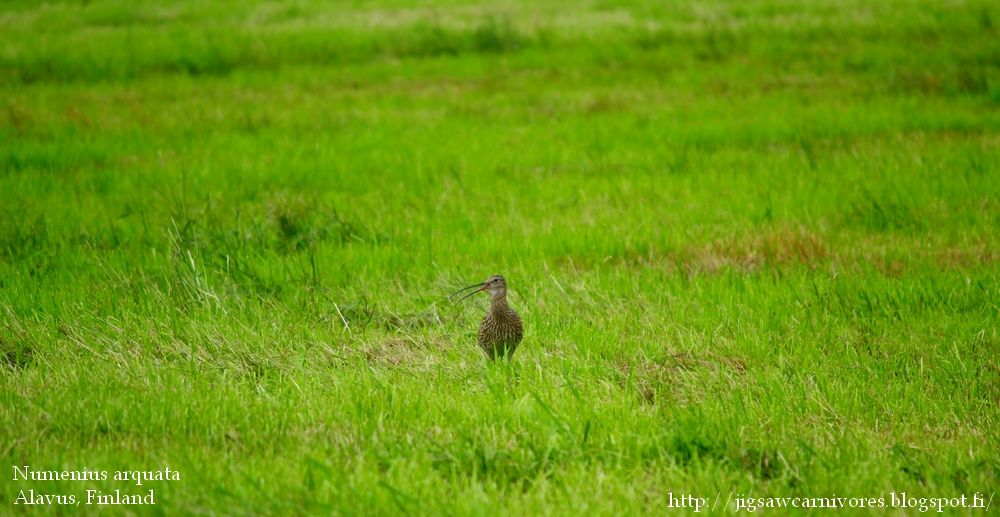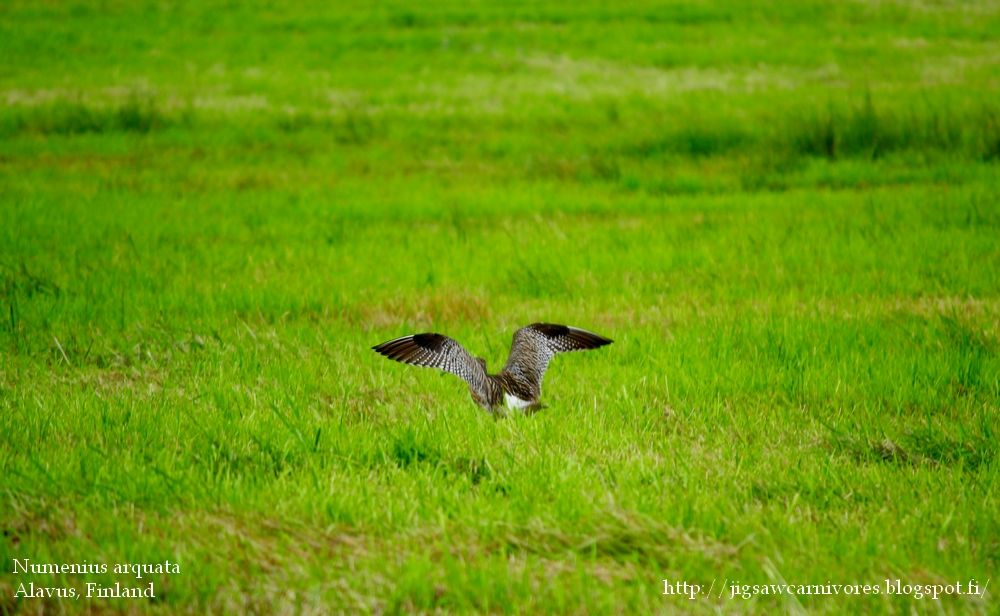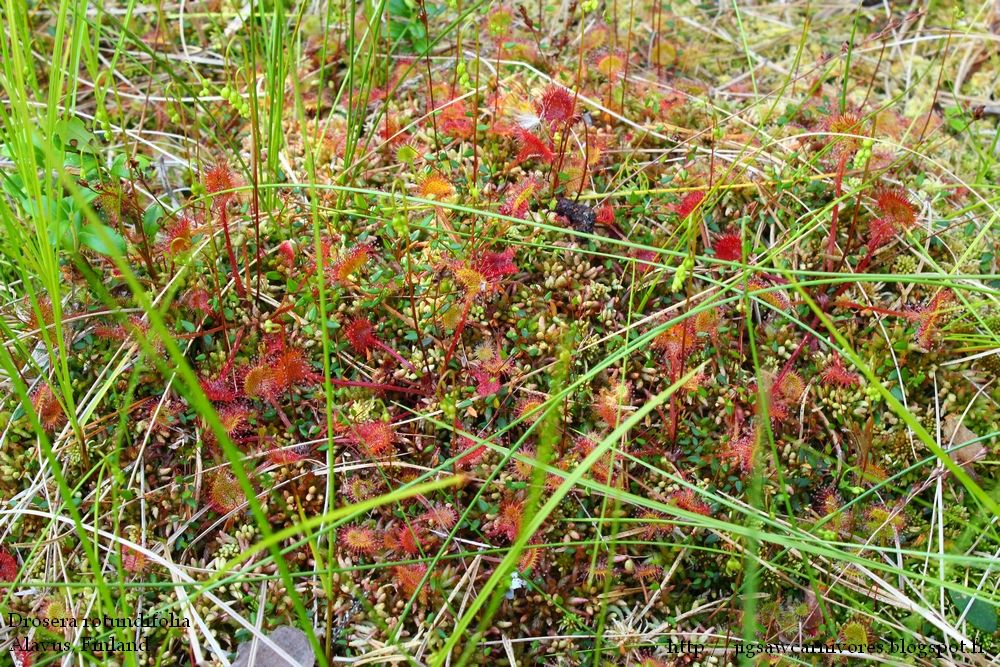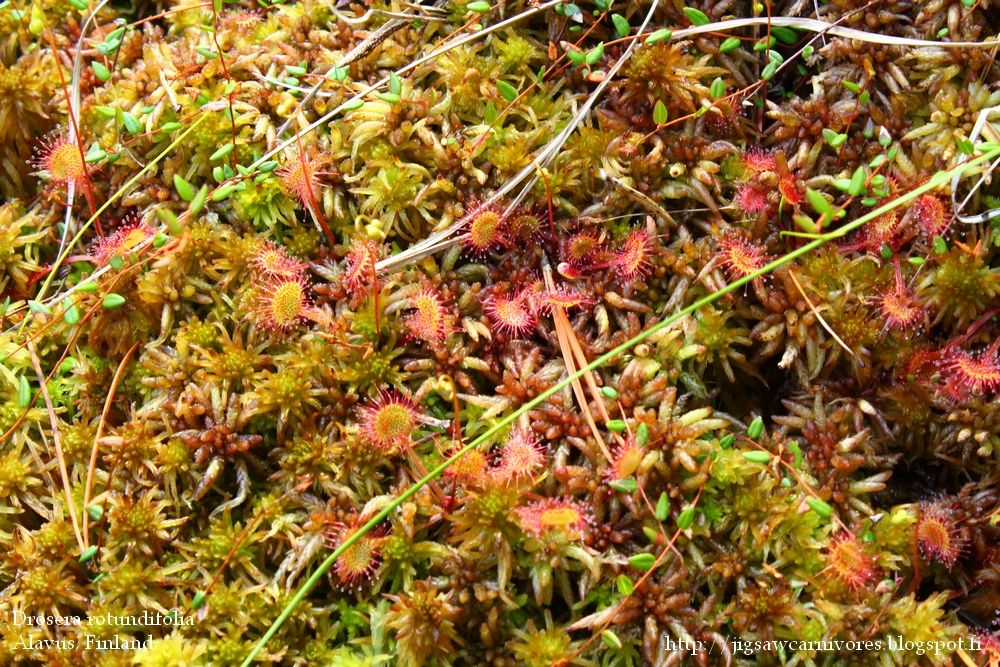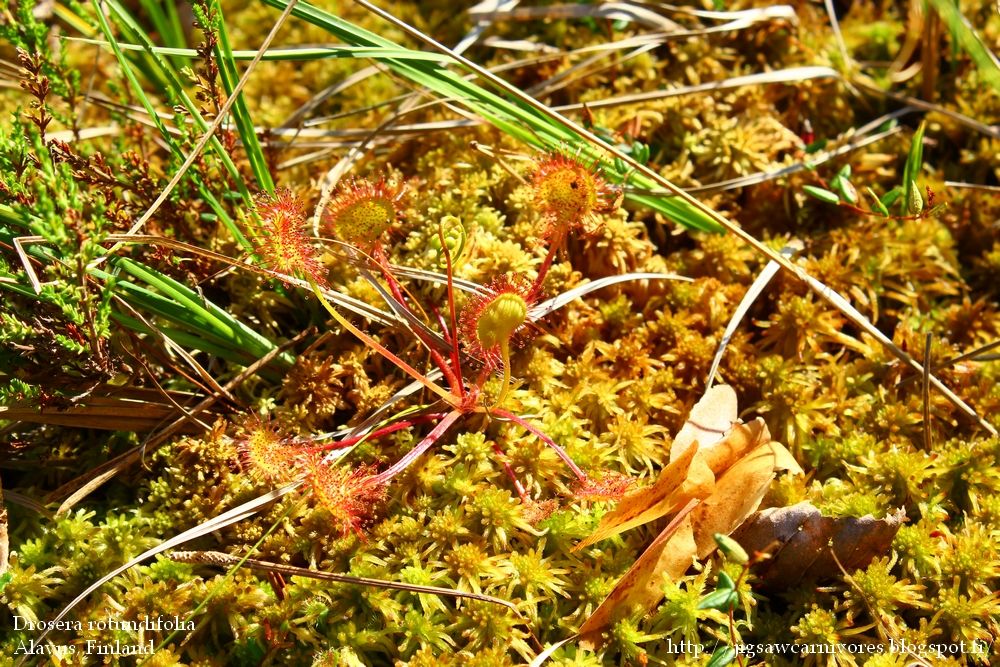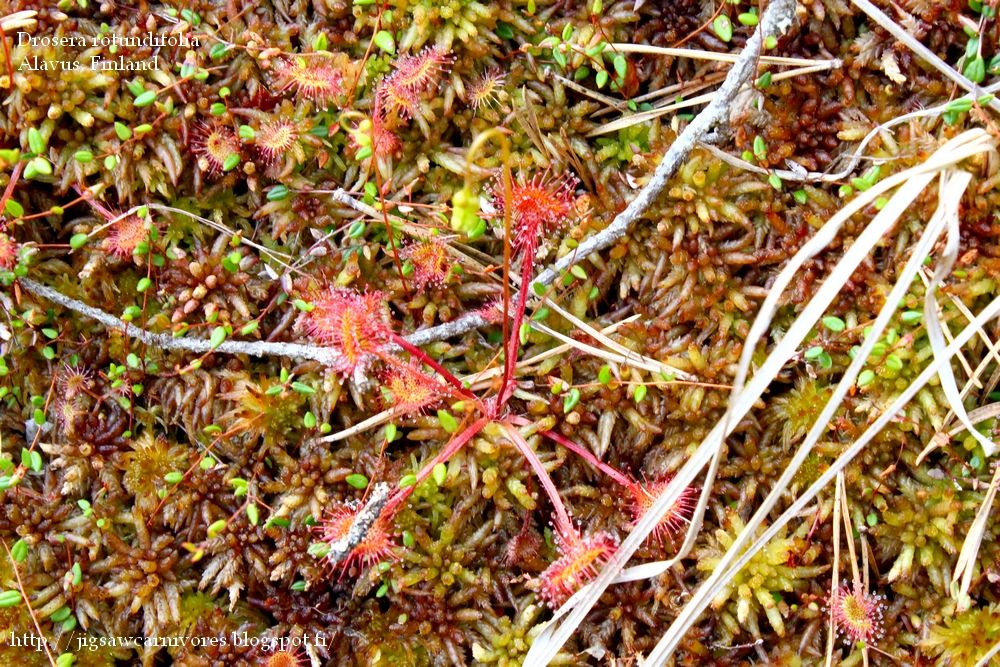Hello everybody!
When repotting some of my old sundews I started thinking my past in this hobby. I do regret losses of some plants and doing things wrong way and here is a blog post about them, just to show you that you can learn from your mistakes.
1.
Nepenthes 'Rebecca Soper' my latest loss. Month or so ago plants three largest stems dried for no good reason so I cut them off. Few weeks ago the plant had two smaller growing points, of which one had mold attack and another just turned black. This is one of my fav neps and it was really hard to see it doing so bad. After all life was gone from the pot I just tuck my hand in the pot and scooped the media on a newspaper and I was terrified to see how the soil had become a snail and slug farm. I then took the media outside and boiled it to kill the slugs and snails and keeping them from not infesting my or my neighbor's gardens. Rule number one when dealing with ready potted plants:
Replace the original, possibly slug infested soil, with your own soil mix. Also be sure to use clean pots.
2.
Drosera slackii with a rule
Don't buy a fancy plant without making sure you can provide it the conditions it needs. When I saw D. slackii on the internet I just thought "WHoa! A sundew that can grow up to 9 cm wide. I gotta get that now." I did not do enough googlin' about the species, which likes more cooler temperatures than I could provide to it. Well sphagnum based potting mix could have saved it but it was just too late.
Do your homework so you don't need to write angst filled blog posts like this.
3.
Nepenthes veitchii 'Golden Perisome' the 1st. Bought this as a lowland plant and gave it more like intermediate condition. It grew but just weaker and weaker until it got moldy. On a cold winters day I just got fed up with the plant. To protect the rest of my collection I threw
N. veitchii 'Golden Perisome' the 1st into the snow. Rule number three:
Remember the ventilation.
4.
Nepenthes sanguinea is my second largest regretted loss in my whole time growing carnivorous plants and it died because I lost it. The plant was moved temporarily to another place for cleaning terraria. I didn't find the plant until it was too late and the plant had dried. As a brief reminder that
even the most forgiving plants have their limits. But not D. capensis or U. subulata, they're almost immortal.
5.
Dionaea muscipula. Almost everybody growing carnivorous plants has killed one of these. I've killed at least three of these but the one I have now has survived one or two winters already. The rule here is:
Thank science for cheap tissue cultured plants so we don't need to take plants from the wilds. I wait for the news about police getting the culprits caught. (If you don't know what I'm talking about then read the previous blog post.)
6. Non registered post packets. This happened to me once: I bought few plants from this one person, who I think is very trustworthy and good seller. When choosing the shipment type I chose unregistered because it was cheapest and the packets move pretty fast in EU. Well the Finnish or the other post office lost my packet for a while and it took me was it 2 or 3 weeks to get the packet, I don't really remember. There were two plants, of which one survived and other, eventually the more expensive plant had rot. It absolutely was post office's fault but on the other hand I could have get some refunds from the post office because of what happened but past is past. Rule is:
Prefer registered shipping. It really is worth it. For registered packets are handled outside of the normal packet traffic, possibilities getting registered packet in time are higher and you also get the tracking code.
7. Various
Sarracenia pitcher plants. My second carnivorous plant to be grown was a Sarracenia purpurea, bought along with
P. x 'Tina' and
D. capensis 'Albino', which are still alive and doing fine. The problem with these plants for me was dormancy. I tried placing them in a cold sauna, a cellar, in a ventilation window and last two times in a garage and refridgerator, which were the best places for me, until I try building a bog garden. Rule for this is:
Try, fail, and learn from your mistakes which kind of compresses the whole idea of this blog post.
Now after this purge from the negative past karma I'm ready to move forward and extend my growlist even more.
In case you wonder why no pictures then here's the reason, I'm on a holiday while doing some babysitting. On the other side of Finland from where I live. Here I'm just hanging out with my sister and trying to hunt some new plants for my collection. See you again in a week or so. Until then "Hakuna matata" (it means no worries) and enjoy the summer
if you live on the northern hemisphere.
Also if any of you my dear readers have extras of the following then please contact me for possibility of swap or money. Plants are
Utricularia longifolia x
alpina,
nelumbifolia x
geminiloba,
nephrophylla (other than white flowered form),
nephrophylla x
geminiloba or vice versa,
nephrophylla x
nelumbifolia or vice versa and 'Jitka' (
quelchii x
praetermissa).
